Table of Contents
- The movement of the army of Aisha, Talha and Zubair towards Basra
- The movement of the Commander of the Faithful, Ali bin Abi Talib, peace be upon him, from Madinah to Kufa in pursuit of the Nakhtin (treaty breakers).
- Abu Musa Ash’ari, the ruler of Kufa, warns people against joining the Imam (peace be upon him).
- Imam Hasan (peace be upon him) enters Kufa to encourage people to jihad
- Malik Ashtar’s entry into Kufa palace
- Dismissal of Abu Musa from the government of Kufa and installation of Qarza bin Ka’b Ansari as the ruler
- The effect of Abu Musa Ash’ari Zahir al-Salah’s bad indoctrination on some people of Kufa
The movement of the army of Aisha, Talha and Zubair towards Basra
When Amir al-Mu’minin Ali (peace be upon him) learned about the movement of Aisha, Talha and Zubair towards Iraq, he moved with haste and hoped to reach them and bring them back to Madinah. When he reached Rabzah, he found out that they had gone away, and when he learned that they were going to Basra, he was relieved and said: I like the people of Kufa more, because there are Arab leaders among them.
The movement of the Commander of the Faithful, Ali bin Abi Talib, peace be upon him, from Madinah to Kufa in pursuit of the Nakhtin (treaty breakers).
According to a narration, Amir al-Mu’minan, peace be upon him, left Madinah with four hundred companions of the Prophet, peace and blessings be upon him, in pursuit of the Naqteen (treaty breakers), and Abu Hasan bin Amr from the Bani Najjar tribe succeeded him. When he reached the land of Bani Asad and Ta, six hundred people from those two tribes also joined him until he reached Dhi Qar.
Another narration indicates that Amir al-Mu’minan Ali, peace be upon him, left Madinah with seven hundred horsemen, four hundred of whom were Muhajirs and Ansar (seventy people from the companions of Badr) and appointed Sahl bin Hanif Ansari in his place, and when they reached Rabbah, Talha and his companions were gone. At that time, some of the people of Madinah, among whom was Khuzima bin Thabit, joined the Prophet, and three hundred horsemen from the Tay tribe also joined them.
Hazrat Amir (peace be upon him) stopped in “Zhi Qar” or “Rabzah” and from there he sent representatives to Kufa to mobilize the forces stationed in Kufa. There is a difference as to who the representatives of the Prophet were, but it is certain that the Amir (peace be upon him) sent a representative to Kufa more than once, and Imam Hassan (peace be upon him) was certainly present on the last occasion.
Abu Musa Ash’ari, the ruler of Kufa, warns people against joining the Imam (peace be upon him).
According to Tabari’s narration, Amir al-Mu’minan Ali, peace be upon him, sent Muhammad bin Abi Bakr and Muhammad bin Aoun to Kufa. The Kufis came to Abu Musa to consult about their move and to join Amir al-Mu’minin, peace be upon him, and asked him for his opinion. Abu Musa said: The way of the hereafter is to stay where you are, and the way of this world is to move. The representatives of Amirul Momineen, peace be upon him, avoided him and said harsh words to him. Abu Musa (despite the fact that he pledged allegiance to the Amir al-Mu’minan (peace be upon him) and was established in the government of Kufa on behalf of that Imam) said: Othman’s allegiance to God is on me and your Imam. If we want to fight, we will not fight until the killers of Osman are killed wherever they are.
After learning of Abu Musa’s non-cooperation, Amir al-Mu’minan Ali, peace be upon him, sent Abdullah bin Abbas and Malik Ashtar to Kufa. They talked to Abu Musa and when they did not get any results, they asked some people of Kufa for help to tame him. Abu Musa made a speech and called the war with Nakhtin a sedition and prevented the mobilization of the people.
Imam Hasan (peace be upon him) enters Kufa to encourage people to jihad
After the unsuccessful return of Ibn Abbas, Amir al-Mu’minin, peace be upon him, sent Imam Hasan (peace be upon him) and Ammar Yasir to Kufa, and they entered the mosque of Kufa. Imam Hassan (peace be upon him) said to Abu Musa: Why do you prevent people from helping us? But Abu Musa continued to oppose until Zayd bin Suhan, Hajar bin Udi, Udi bin Hatim, and Hind bin Amr stood up and called the people to obey the Commander of the Faithful, peace be upon him, and pledge allegiance to him, and the people mobilized.
Malik Ashtar’s entry into Kufa palace
At the same time, Malik Ashtar, who with the permission of Amir al-Mu’minin, peace be upon him, had again moved towards Kufa and took the tribes along the way with him, reached Dar al-Imara of Kufa, while Ammar Yasir and Abu Musa Ash’ari were arguing with each other, Abu Musa’s slaves went to the mosque. They came and shouted that Malik Ashtar came to the palace and kicked us out.
When Abu Musa entered the palace, Malik shouted at him: “You motherless! Get out of the palace so that God takes your life, you have been a hypocrite from the beginning.” Abu Musa said: Give me time until night. Malik accepted but said: You will not sleep in the palace tonight. In the meantime, the people rushed to Dar al-Imara and looted Abu Musa’s property, but Malik Ashtar kicked them out of the palace.
Dismissal of Abu Musa from the government of Kufa and installation of Qarza bin Ka’b Ansari as the ruler
Tabari also narrates another narration in this way that Hashim bin Utbah (Marqal) came to Amir al-Mominan Ali (peace be upon him) in Rabzah and narrated the encounter between Muhammad bin Abi Bakr and Abu Musa. That Prophet sent Hashem Marqal to Kufa and wrote to Abu Musa that I sent Hashem bin Utbah to mobilize those who are there. So send people. I entrusted this government to you so that you can be one of my companions in the cause of truth. But Abu Musa Ash’ari again disagreed. Then Hashem wrote to Hazrat Ali (peace be upon him) I have come to a man who is lying and whose enmity is obvious. So Amir al-Mominan Ali (peace be upon him) sent Imam Hasan (peace be upon him) and Ammar Yasser, and dismissed Abu Musa, and appointed Qarza bin Ka’b Ansari to the governorship of Kufa, and wrote to Abu Musa: “The desire to repent of this (the governorship of Kufa) that God has made you Depriving you of it will prevent you from carrying out my order. I sent Hasan and Ammar to move the people and made Qarza bin Ka’b the governor of the city. Leave our work with condemnation and humility. If you don’t stand aside, I have ordered them to throw you out, and if you resist and they overpower you, they will tear you to pieces.”
When the letter of Hazrat Amir (peace be upon him) reached Abu Musa, he withdrew and the people moved towards the Amir of the Faithful Ali (peace be upon him).
Some historians only mentioned the sending of Imam Hassan and Ammar Yasir to Kufa and did not say anything about the representatives who were sent before those two nobles.
It is possible that for the sake of brevity, they have limited themselves to mentioning the sending of representatives who succeeded in rejecting Abu Musa Ash’ari and mobilizing the people of Kufa.
Abu Hanifa Dinuri writes: The Commander of the Faithful, Ali, peace be upon him, first sent Hashim bin Utbah to Kufa to make the people move, and after him, he sent his son Hasan, peace be upon him, along with Ammar Yasir. While Imam Hassan (peace be upon him) and Ammar reached the great mosque of Kufa, a large number of people had gathered near Abu Musa.
Abu Musa said in that gathering: O people of Kufa, obey me so that you become a refuge for the Arabs. May the oppressed take refuge in you and may the helpless be safe in your shelter. O people! When sedition occurs, it is accompanied by doubt, and when it passes, its truth becomes clear. It is not known where this divisive sedition originated and where it will lead. Sheath your swords and pull out your spearheads and break the strings of your bows and sit in the corners of your houses. O people! A person who sleeps in fitna is better than a person who is standing, and a person who is standing is better than a person who runs in it.
Hearing his words, Imam Hassan (peace be upon him) said: Get out of our mosque and go wherever you want.
The effect of Abu Musa Ash’ari Zahir al-Salah’s bad indoctrination on some people of Kufa
It seems that Abu Musa al-Ash’ari’s bad indoctrination with his seemingly righteous appearance was effective in some of the people of Kufa, because Kufa, the base and the big camp of the Muslim Mujahideen, did not mobilize a significant force in response to the order of the Muslim caliph, as expected. Historians also disagree on the number of troops sent from Kufa to Amir al-Mu’minin, peace be upon him.
The tribes of Kufa forming the army of Hazrat Amir (peace be upon him).
In one narration, Tabari considered them to be nearly nine thousand people who traveled with Imam Hassan (peace be upon him), of whom six thousand people went through the plains and two thousand eight hundred people went by water. In another narration, he mentioned the Kufa army as twelve thousand people in seven categories (Seven Kufa tribes and militias). They also wrote that the number of Kufis in the Battle of Jamal and in the footsteps of Hazrat Ali (peace be upon him) was six thousand people (due to Abu Musa’s attack and refusing to help the Prophet) and six thousand five hundred and sixty people, and nine thousand six hundred and fifty people. Although the number of the army of Kufa (up to twelve thousand people) was not favorable compared to the ability to mobilize forces from this large Islamic military camp, but looking at the arrangement that the Prophet gave to his army during the Battle of Jamal, it is clear that the majority of Amirul Momineen’s forces Peace be upon him, he was a Kufian.
Of the eight divisions that formed the army of Hazrat Amir (peace be upon him), seven divisions were composed of the forces of the seven groups of different tribes based in Kufa and one division was organized from the people of Hijaz. The composition of Amir al-Mu’minin, peace be upon him, was as follows:
– Hamir and Hamedan tribes under the command of Saeed bin Qais Hamadani with the flag that the Prophet tied for them.
– A flag for the Tay tribe under the command of Udi bin Hatem Tayy.
– A flag for the Mazhaj and Ashtri tribes under the command of Ziyad bin Nazar Harishi
– A flag for the tribes of Qays, Abs and Zabian under the command of Saad bin Masoud Thaghafi, Mukhtar’s uncle.
– A flag for the tribes of Kandah, Hadhramut, Qadah and Mehrah under the command of Hajar bin Adi Kandi.
– A flag for the tribes of Azad, Bejila, Khasham, and Khaza’a under the command of Makhnaf bin Salim Azdi.
– A flag for the tribes of Bakr, Taghlib, and Rabi’ah under the command of Mahdouj Zahli.
– A flag for Quraysh, Ansar and other people of Hejaz, who were commanded by Abdullah bin Abbas.
The seven armies (Kufa) also participated in the battles of Safin and Nahrvan.
After the end of the war and the victory of Amir al-Mu’minin, peace be upon him, one of his companions said: O Amir al-Mu’minin, peace be upon him! How is it permissible for us to kill them, but it is forbidden to take their property and capture them? Hazrat said: Muslims cannot be captured and their property can be taken as booty except what they have used in war.
According to a story, some of the soldiers of Amir al-Mu’minan Ali (peace be upon him) insisted on taking their wives captive until he said: Tell me, which of you will get Aisha? Then they were convinced.

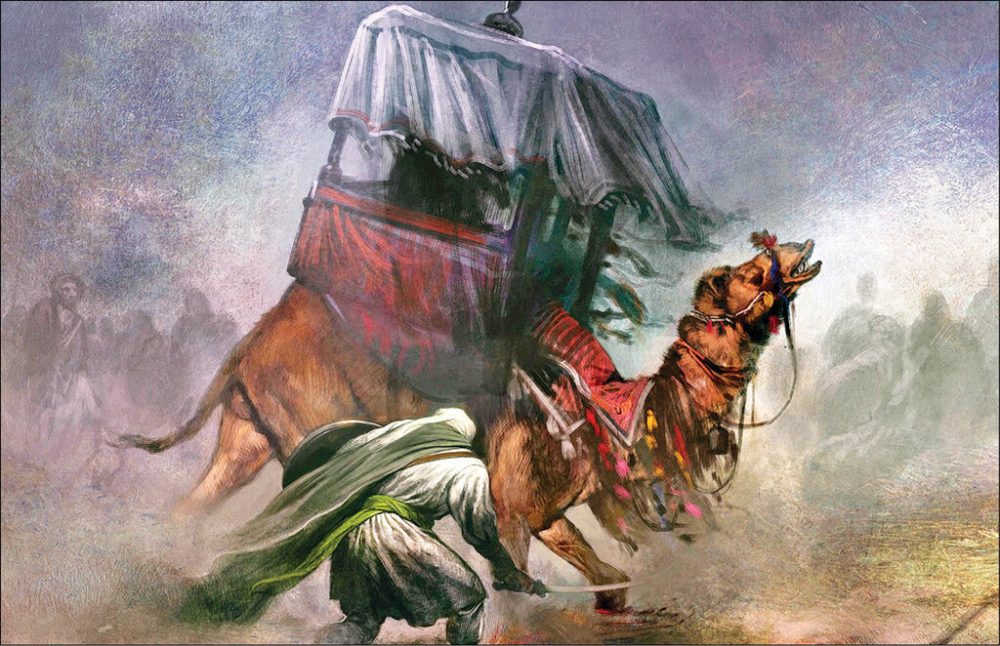
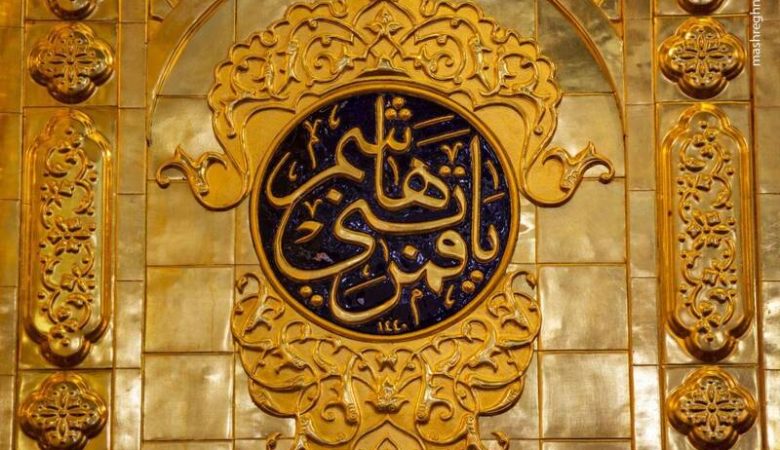
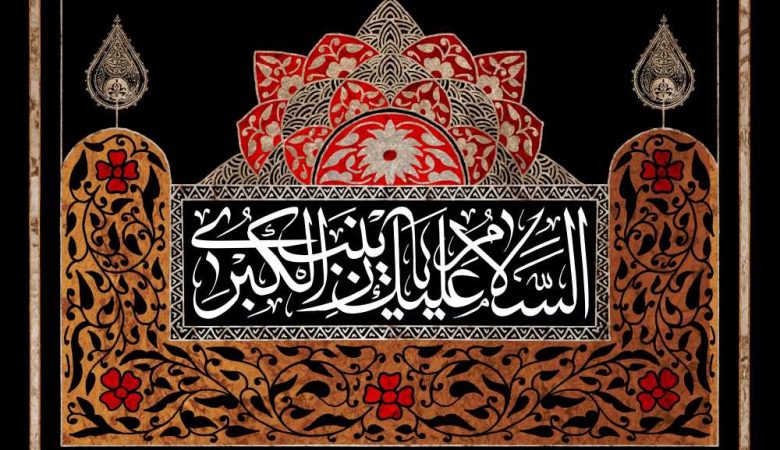
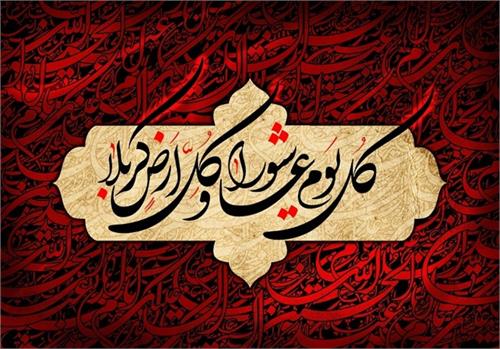
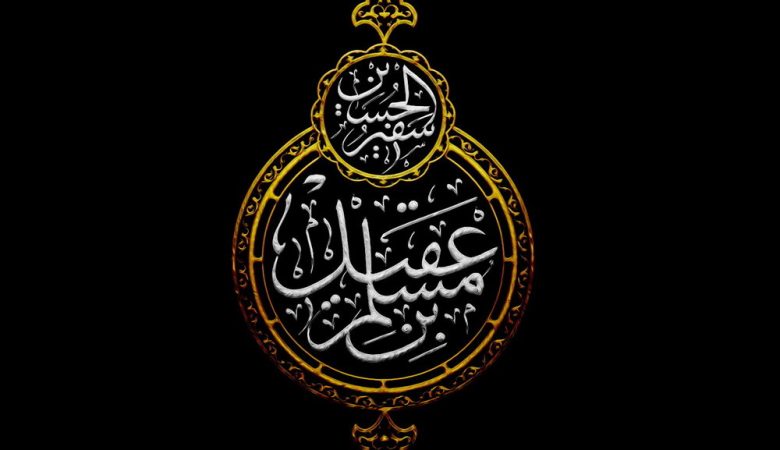
Leave a Reply